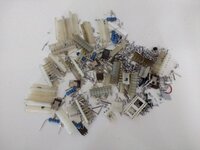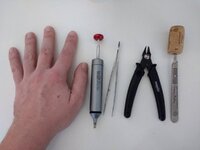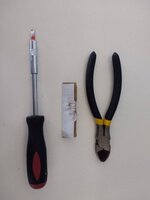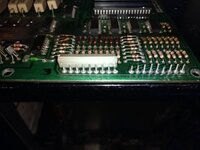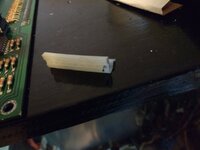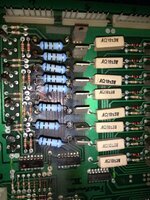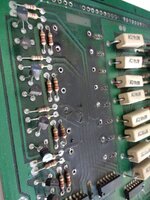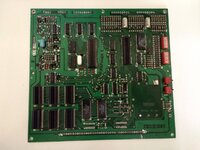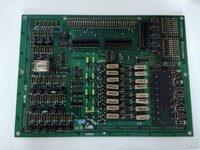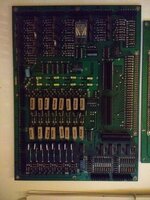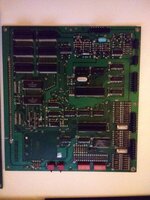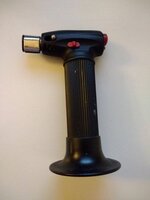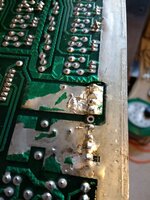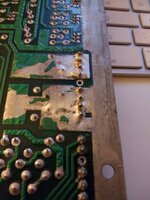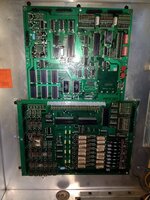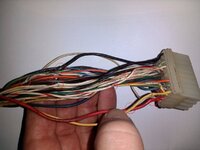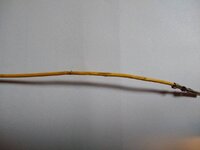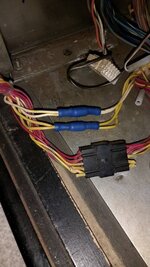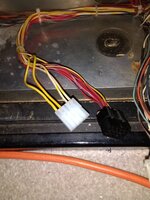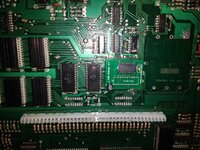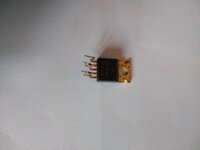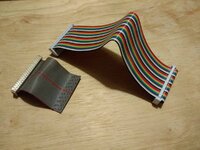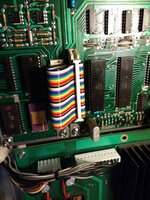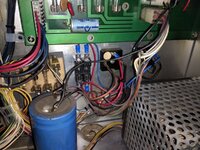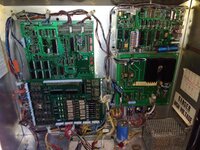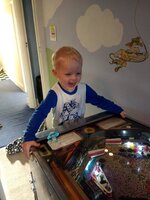Old bayonet sockets are a right pain.
Purists say "just change them all". This is a lot of work and actually quite expensive. Andy at Mania stocks the holders.
I tend to give them a clean in situ. Then if they fail again, I change them. Sadly these things tend to keep going wrong which is why the purists say what they do.
To clean them.
Best thing is to get some other cünt to do it, if you can find one.
Good luck
Purists say "just change them all". This is a lot of work and actually quite expensive. Andy at Mania stocks the holders.
I tend to give them a clean in situ. Then if they fail again, I change them. Sadly these things tend to keep going wrong which is why the purists say what they do.
To clean them.
- Isopropyl alcohol - spray it in the socket and remove the filth with a robust rolled up cloth that does not leave lint everywhere.
- Use a Brad point wood bit to clean the top of the spring at the bottom (Bally games have these, I do not know about Williams ones)
- Use a rolled up piece of scotch brite pad (like a plastic version of wire wool) to clean the inside of the bayonet. Some folk attach this to a drill or dremel to give the cleaning some oomph.
- You can use a dremel in there too with the right end on it but this can be brutal
- Don't forget to clean the bayonet slots as this can be the main contact points for the bulbs. Rolled up wet and dry should do it
- Clean the bulbs too - ipa of they are in good condition. Very fine wet and dry as well if they are corroded, especially the bottom contact
Best thing is to get some other cünt to do it, if you can find one.
Good luck

